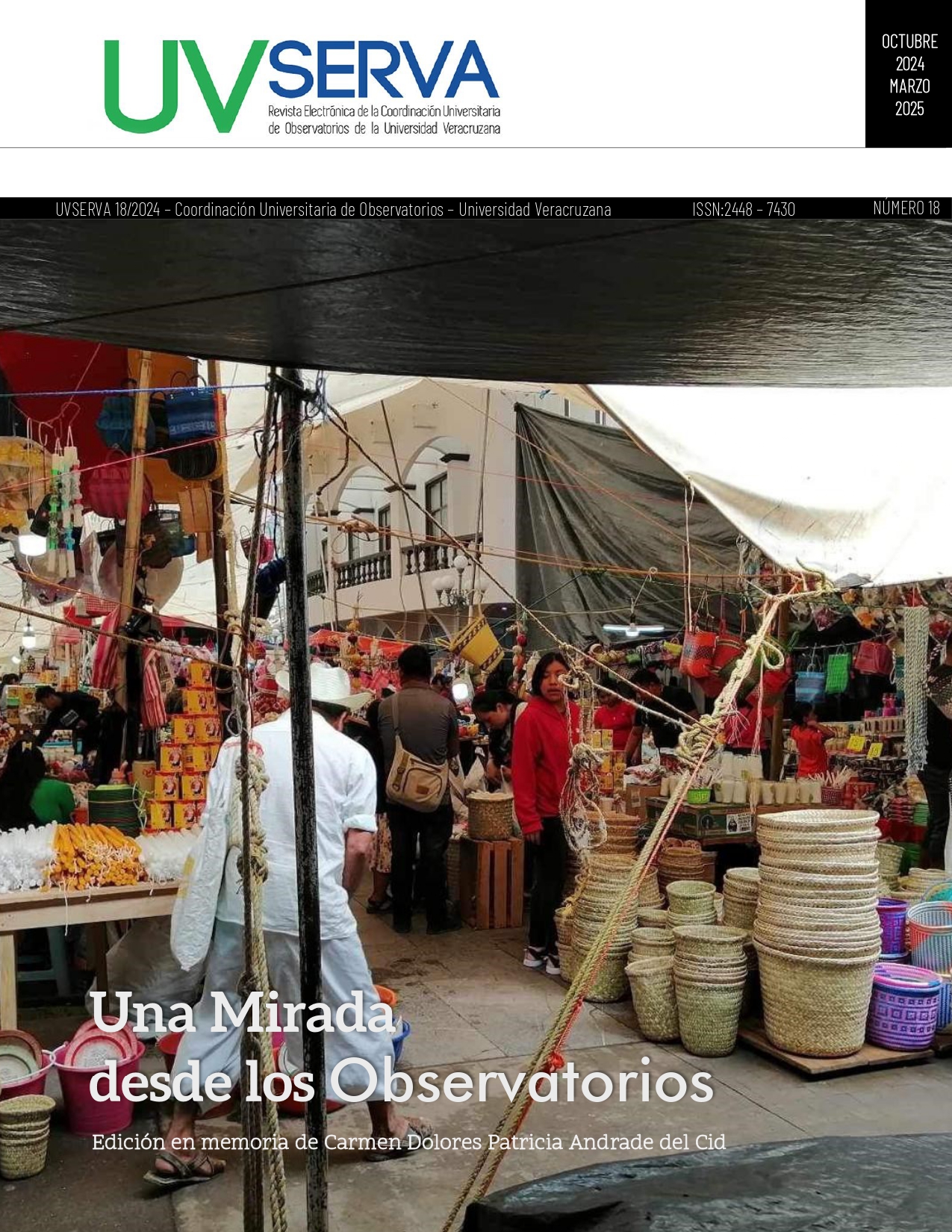Abstract
This article describes the development process followed for the implementation of the ANOVA++ system, which aims to support the calculation of various statistical analyses focused mainly on undergraduate or graduate students, as well as researchers in the agricultural area, since these, in many cases, do not have sufficient training in the use of advanced statistical systems. The ease of use of this system allows them to focus their efforts on other activities more relevant to their investigations or projects. The ANOVA++ system allows performing the Analysis of Variance for the following designs: Randomized Completely design (DCA) with equal and different number of replications; Balanced designs and balanced complete-block designs (DBA) with complete data or with one missing data; Latin square (DCL) with complete data or with one missing data; Bifactorial DCA; Bifactorial DBA; and Split Plots DBA. Additionally, it compares the F value against the F values from tables to know the significance level. Depending on the values obtained, it also performs the Tukey test. Finally, it allows to perform the Orthogonal Contrasts between the different treatments. The current version (version 2) has been tested by teachers and students of the Universidad Veracruzana and the results have been compared with other statistical software such as Statistica, Stata, NCSS, among others. It is concluded that the ANOVA++ system could be used by all those people who within their projects or research have the need to perform quickly and easily the calculation of Analysis of Variance, thanks to the ease of use and the correct calculation of the different experimental designs, in addition to the fact that it has no cost.
References
Cardinal, R. y Aitken, M. (2005). ANOVA for the Behavioral Sciences Researcher. Lawrence Erlbaum Associates, Inc.
Gómez, S. y Moraleda, E. (2020). Aproximación a la Ingeniería del Software, Segunda edición. Editorial Universitaria, Ramón Areces.
Jiménez, C. (2015). UML. Aplicaciones en Java y C++. Grupo Editorial RA-MA
Laplante, P. (2007). What Every Engineer Should Know About Software Engineering. Taylor & Francis Group, LLC.
Pressman, R. (2010). Ingeniería del Software. Un Enfoque Práctico. Séptima edición. McGraw-Hill Interamericana Editores, S.A. de C.V.
Rosenberg, D. y Stephens M. (2007). Use Case Driven Object Modeling with UMLTheory and Practice. Apress.
Somerville, I. (2005). Ingeniería de Software. Séptima edición. Pearson Educación, S.A.

This work is licensed under a Creative Commons Attribution-NonCommercial 4.0 International License.
Copyright (c) 2024 Ana Luz Polo Estrella, Christian Pérez Salazar, Juan Ruíz Ramírez


